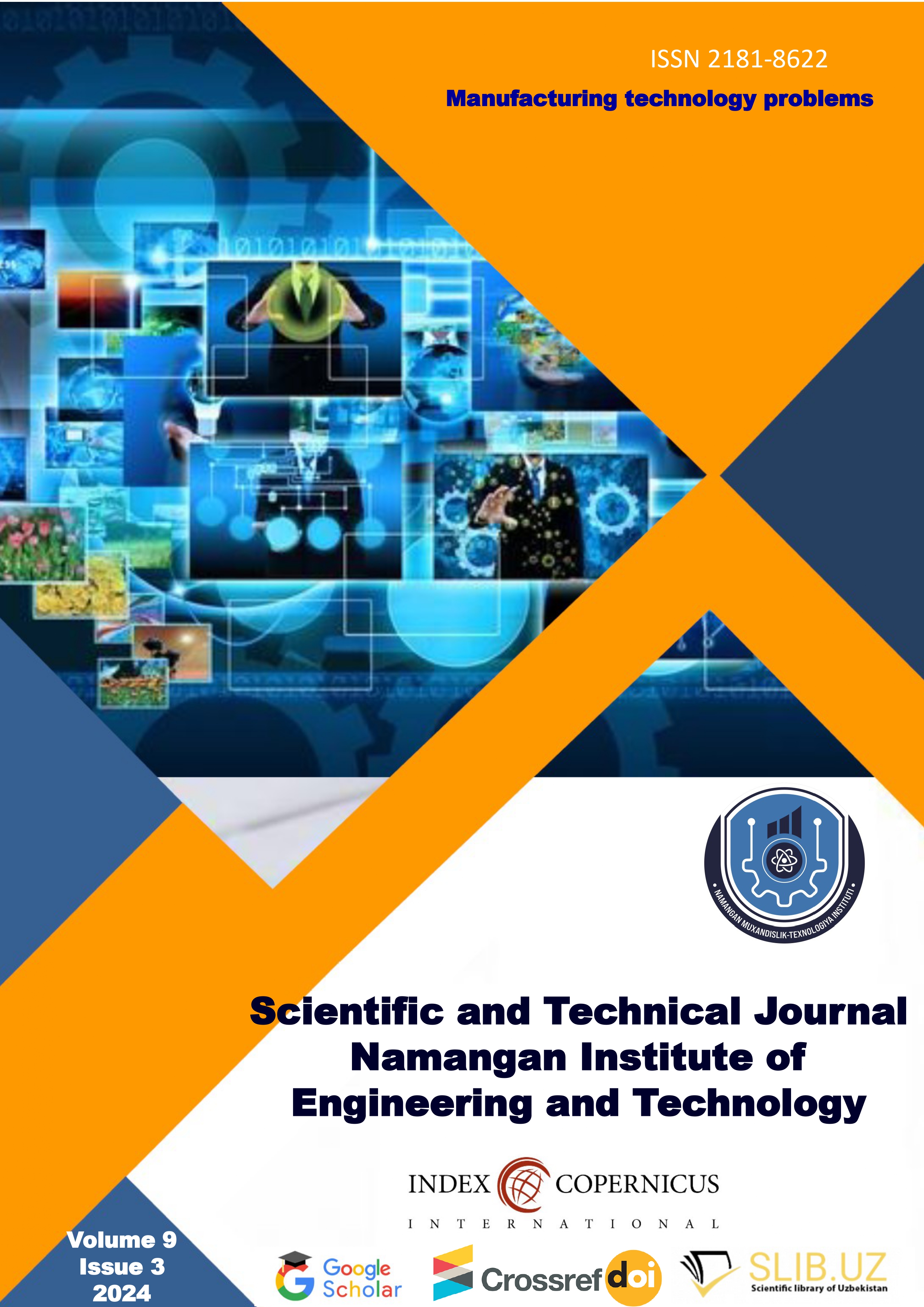62-1/-9 ANALYSIS AND OPTIMIZATION OF THE AERODYNAMIC PROPERTIES OF A NEW MULTI-CYCLONE DEVICE
DOI:
https://doi.org/10.61151/stjniet.v9i3.528Аннотация
This study delves into the aerodynamic characteristics of a newly designed multi-cyclone device, with an emphasis on its performance analysis and optimization. Multi-cyclone systems are widely used in industrial applications for air filtration, where the efficient separation of particulate matter from gas streams is crucial. Despite their effectiveness, conventional multi-cyclone devices often suffer from inefficiencies such as high pressure drops and suboptimal particle separation. In response to these challenges, this research explores the potential for enhancing the performance of these devices by optimizing their aerodynamic properties.
The study employs a combination of Computational Fluid Dynamics (CFD) and mathematical modeling, based on the Navier-Stokes equations and Bernoulli's principle, to evaluate the behavior of airflow within the new device. Key aerodynamic parameters such as velocity distribution, pressure drop, and aerodynamic forces (centrifugal, drag, and lift forces) were analyzed. The results reveal that by optimizing the geometric parameters—including the cyclone's diameter, height, and inlet and outlet dimensions—significant improvements in both separation efficiency and energy consumption can be achieved.
A comparative analysis between traditional and the new multi-cyclone designs demonstrated that the latter offers a 15% reduction in pressure drop and a 10% increase in separation efficiency. The enhanced performance is primarily due to the improved flow distribution, which maintains higher tangential velocities and reduces turbulence within the device. Additionally, the multi-cyclone arrangement, with optimized inlet geometry, contributed to more uniform airflow and more effective separation of smaller particulates.
The research also included an optimization process using a Genetic Algorithm (GA) to further fine-tune the geometric and operational parameters, highlighting the effectiveness of multi-objective optimization techniques in complex aerodynamic systems. These findings underline the critical role of aerodynamic analysis in the design of more efficient multi-cyclone devices, with broad applications in industries that rely on air filtration systems.
The extended insights gained from this research provide a valuable contribution to the development of next-generation multi-cyclone systems, offering enhanced performance and energy efficiency. Future work will focus on experimental validation of the numerical results and further refinement of the device's design to ensure its practical applicability across various industrial sectors.




